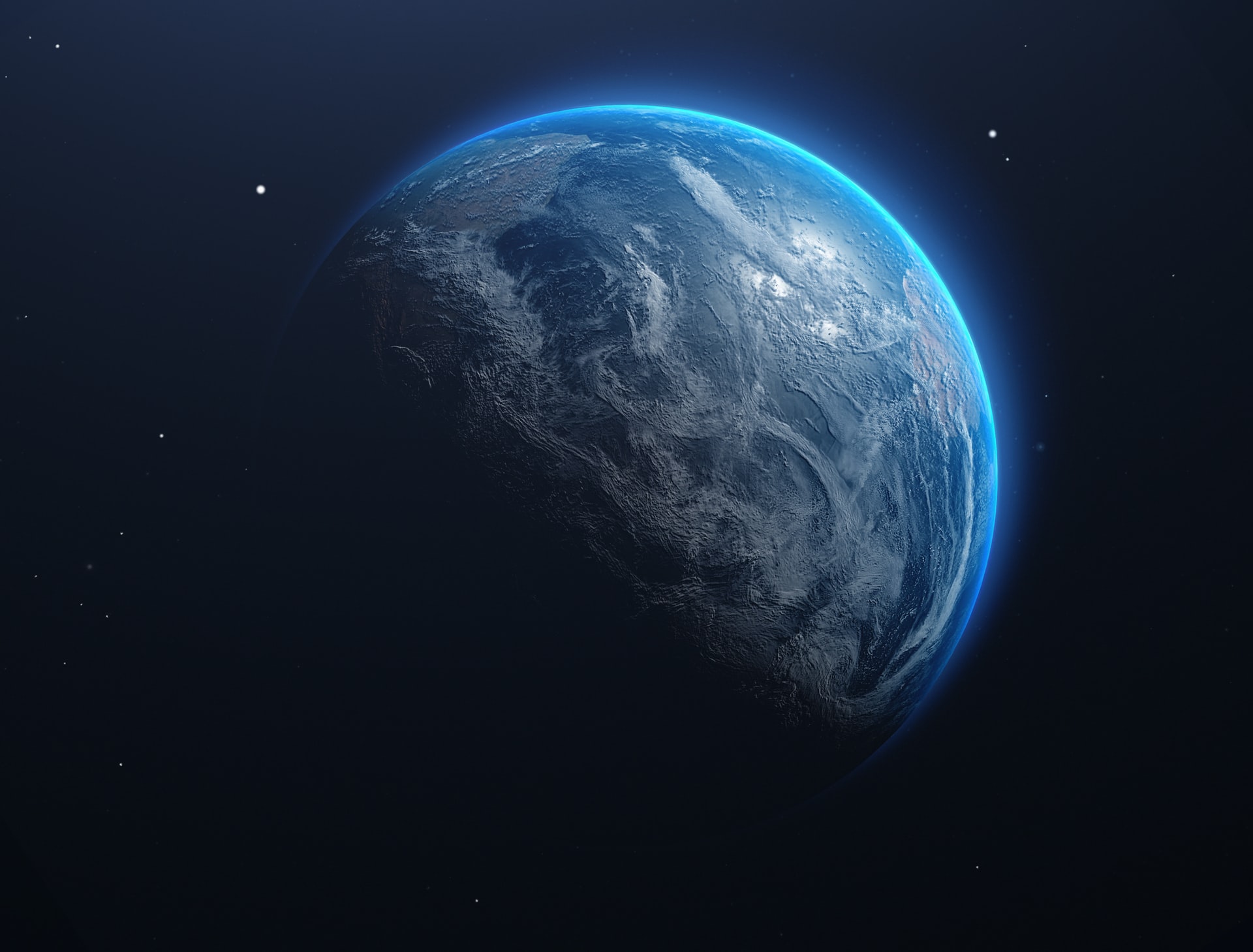According to a new study, life on a special class of planets can exist for tens of billions of years. This conclusion was reached by scientists led by Marit Mol Luz from the University of Zurich. The results of their research indicate that on “cold super-earths” orbiting their stars at a distance twice the distance between the Sun and the Earth, moderate favorable conditions are created to support life for 84 billion years. The scientists presented their findings in an article in Nature Astronomy.
Rogue planets as “refrigerators” for life
Super-earths are planets with a solid surface, more massive than Earth, but smaller than ice giants such as Neptune. Planets of this type are quite common in the star systems of the Milky Way. Most surprisingly, our Solar System is a very rare type of planetary system due to the absence of super-earths.

Scientists have discovered that in the case of super-earths “pushed out” of their home star systems, liquid water environments can potentially persist. Moreover, such rogue planets are protected from the deadly danger emanating from their parent star during its inevitable death: the heating of the surface due to the increase of the star to a red giant or its explosion.
Theory without observations
There is no confirmation of the existence of such long-lived worlds yet. The research of scientists is based solely on theoretical models, and not on real observations. This is because it is too difficult to notice such cold super-earths with the help of modern telescopes. Models suggest that such planets can retain their original atmosphere, dominated by hydrogen and helium for billions of years. Such environments are different from the rocky planets in our Solar System, including Earth, where atmospheres with more complex compounds such as oxygen, carbon dioxide and nitrogen have formed.
“Hypotheses about planets with an initial atmosphere and liquid water have been around for more than 20 years. We wanted to study the evolutionary aspect more deeply. We calculated how long liquid water can exist and what conditions should be in order for the planet to hold liquid water longer,” explains Mol Luz.
Magic Ingredient
Liquid water is the “magic ingredient” for the existence of life as we know it on Earth. Therefore, scientists give it priority in the search for alien life in other parts of the universe. In order to dive into the “potential exotic habitability” of cold super-earths with an initial atmosphere, scientists conducted more than a thousand simulations of planets with different masses, atmospheres and orbital distances.
The team found that planets 10 times the mass of the Earth, with an atmosphere 100 to 1000 times thicker than Earth’s, may be the most favorable for storing life for billions of years. But to do this, they must orbit the star at a distance that the orbit of Mars occupies in the Solar System. At such a potentially safe distance, the original atmospheres can act as greenhouse gases, absorbing infrared radiation, providing the necessary heat and pressure that can support life in oceans of liquid water.
If such worlds already exist, then at the current stage of the Universe in 13.8 billion years, they are still unsuitable for life, because they are still too cold. They will become “hospitable” only over the next few billion years, when their atmosphere warms up a little.
Earlier, scientists discovered a super-earth near a dim red dwarf.
Follow us on Twitter to get the most interesting space news in time
https://twitter.com/ust_magazine
